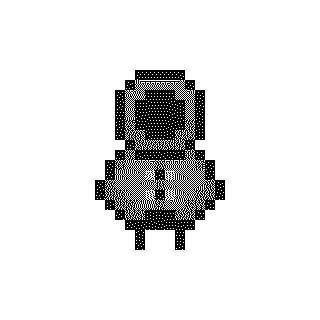Graeme Miller is an artist, composer and performance-maker working internationally across a wide range of media from radio to gallery installation and is known for his sited, performative social works.
His practice emerged from UK performance of the 1980s as the co-founder of the influential theatre company Impact Theatre Co-operative. While continuing to make his own stage works that include A Girl Skipping (1990), he evolved a wide-ranging practice as an artist. He makes work that often responds to ideas about place and time, creating situational pieces that shift the attention in his audience. He also composes music and designs sound for theatre, dance, TV and film and is Associate Artist Tutor on the MA Performance Making Course at Goldsmiths University, London.
Graeme said stuff about Getting lost – having no clear path- it’s about the work that people have to put in, it changes people’s experience, he suggests that people find it more interesting to find their own route, the suggestion of allowing people to get lost breaks the barrier of authoritative rule following – I found this relevant to when people played my previous game
Because i told them to stick to the path (like i did when i performed), people immediatly wanted to go off the path or they’d spin around and loose their sense of direction. I hadnt planned this as the game is a linear composition – this meant that if the player walked off the path the sounds would get quiter
Graeme’s work on ‘Linked’ and ‘Re-Linked’ explored the idea of sound and space (space being a central aspect of his work). I spoke with Graeme after the lecture about the strange relationship of places, the past, and memory – of one of the houses that was no longer their on person interviewed said something along the lines of ‘i can imagine myslef in the house floating in the space above the motorway: getting out of bed, sitting on the toilet’ as though a ghost of the house exists in memory
I find it relates to my current game in trying to reintroduce elements of the past into a space in order to create uncanny, phantasmal spaces
